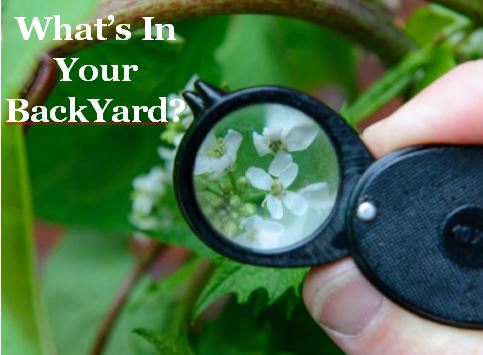SLELO PRISM is launching a new initiative to enhance our work in Connected Lands And Waters (CLAW).

About the Cover: 2024 Winter Newsletter

Strengthening Conservation Impacts
In support of and to strengthen conservation outcomes of the NYS DEC’s Comprehensive Invasive Species Management Plan, the SLELO PRISM’s strategic approach addresses invasive species issues by aligning with key strategies.

2024 Winter Terrestrial Updates
The latest updates from our Terrestrial Restoration and Resiliency Coordinator, Robert Smith.

2024 Winter Aquatic Updates
Get the latest updates from our Aquatic Restoration and Resiliency Coordinator, Brittney Rogers.
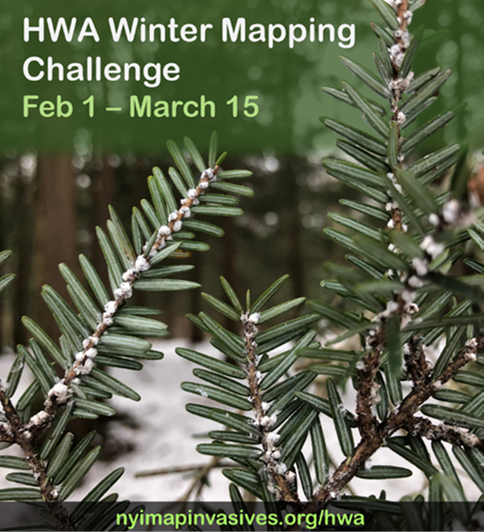
HWA Winter Mapping Challenge
Help protect hemlocks by joining a state-wide HWA Mapping Challenge occurring now through March 15th!

Species Spotlight: 2024 Winter Newsletter
The name “goutweed” originated from its medicinal use for treating gout– which likely lent to it’s introduction by early settlers. Despite its medicinal purposes, goutweed has become known as an invasive species.

Partner Spotlights: 2024 Winter Newsletter
Hear from the Regional Forest Health Network regarding their new collaboration with SLELO PRISM, and updates from the Tug Hill Commission.
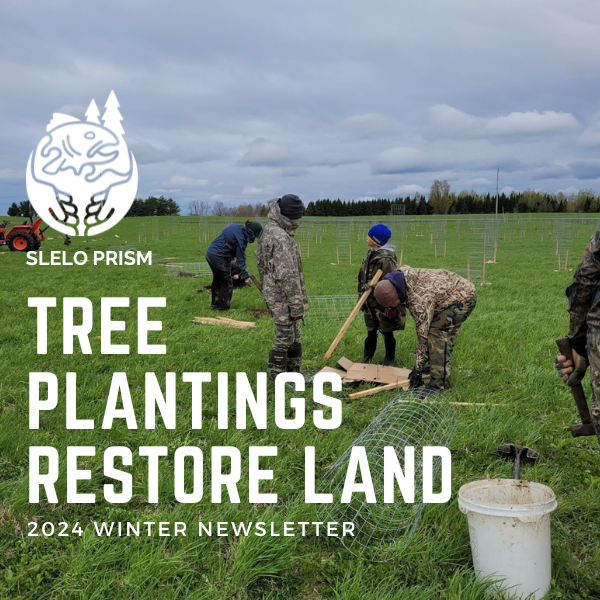
Tree Plantings Restore Land
4500 trees were planted by a community member to restore old farmland.
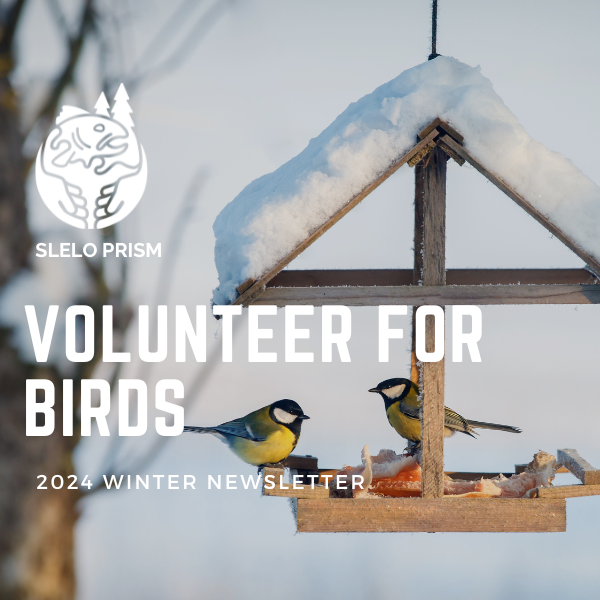
Volunteer for Birds
Our partners at the Tug Hill Tomorrow Land Trust invite community members to participate in a bird observation program.
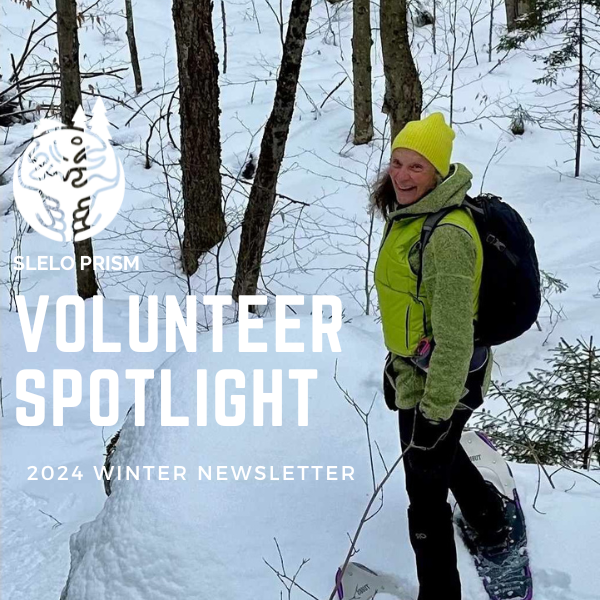
Volunteer Spotlight:2024 Winter Newsletter
Volunteers enhance our work. Check out this Volunteer Showcase to learn more about our wonderful volunteers!

